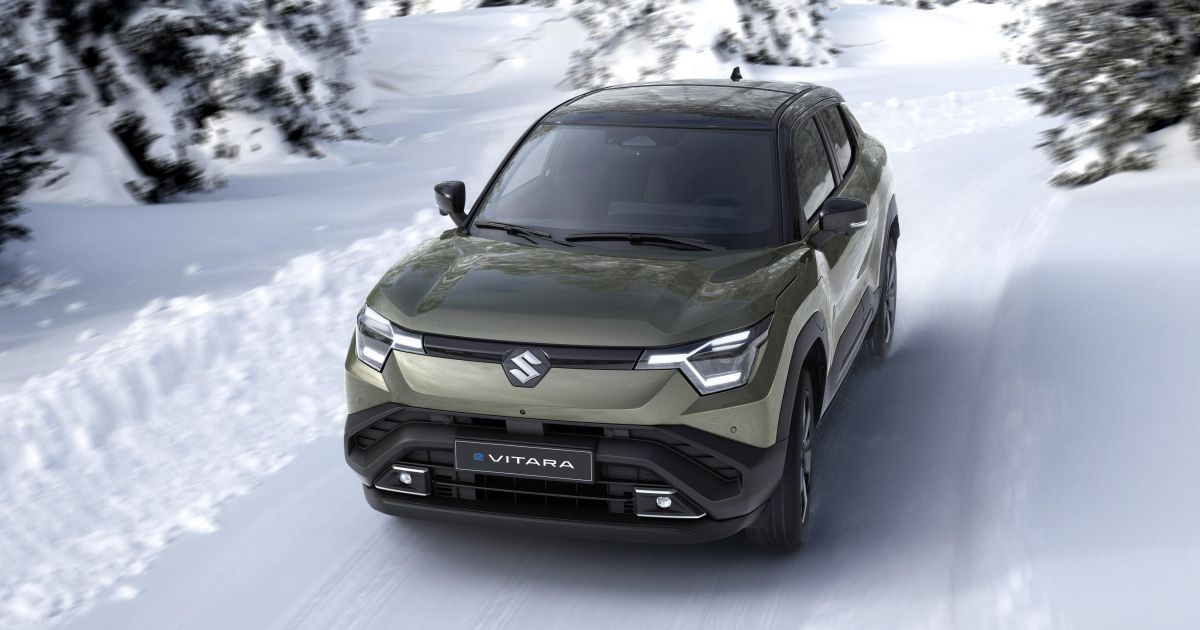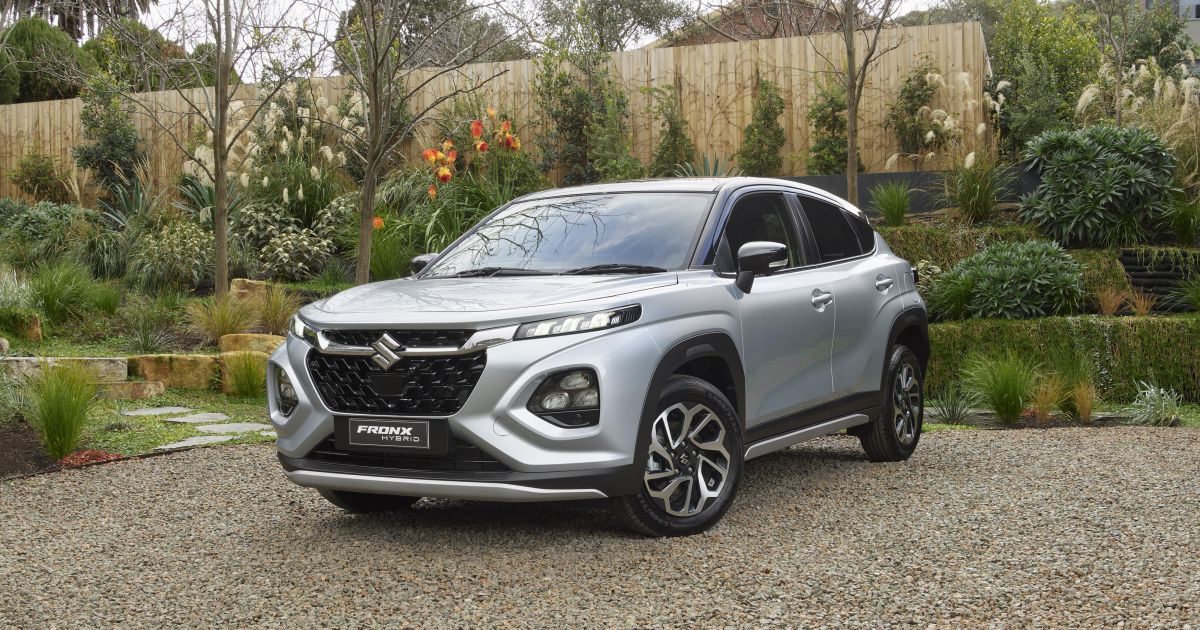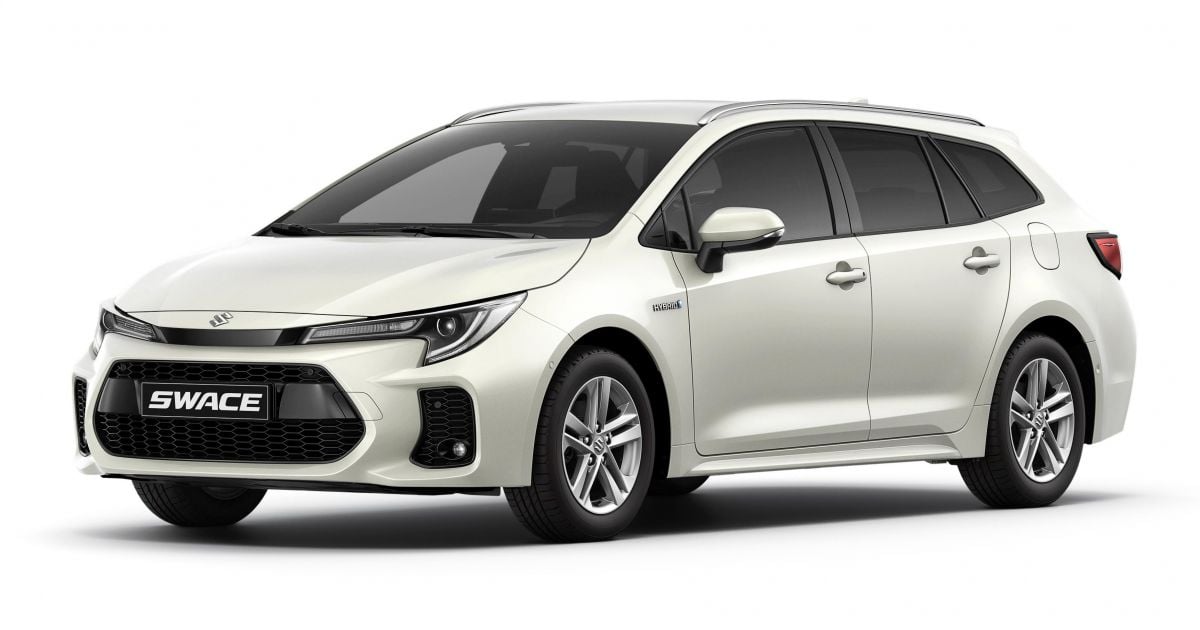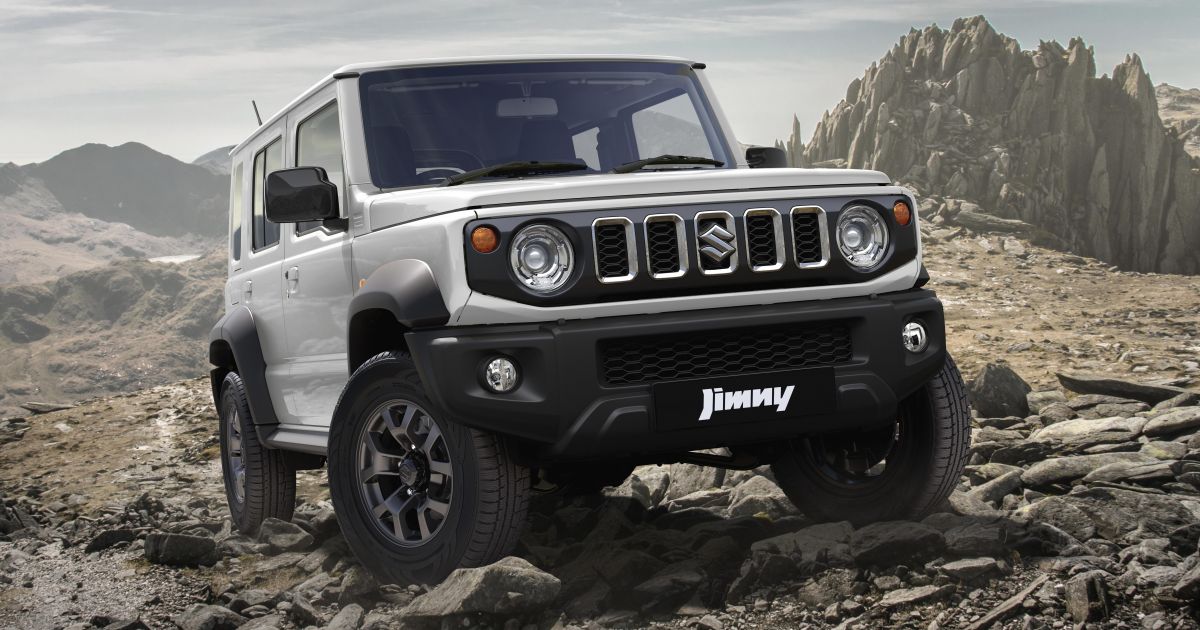As Suzuki Australia gears up to launch its first-ever electric vehicle (EV) in 2026, the brand’s local boss says hybrids will continue to dominate over EVs in the coming years.
The company’s general manager, Michael Pachota, says Suzuki Australia’s “electrification journey is starting”, just as the federal government’s New Vehicle Efficiency Standard (NVES) begins to fine auto brands which fail to meet tightening CO2 limits across their model ranges from July 1, 2025.
“We accelerated that journey as well. So Suzuki Motor Corporation kindly gave us the opportunity to bring in an E-vehicle sooner rather than later based on, obviously, pressures around emissions controls and stuff like that,” he told CarExpert.
“I think as you can see with the current sales growth in all those areas where there’s mild, strong, plug-in [hybrids] or even EVs, I think there’s an opportunity for evolution in the Australian market.
“I think hybrid itself is the shift. That’s where it’s going to go. I think in the next decade, you’re going to see a complete shift from [internal combustion] engines to hybrid powertrains and a slightly larger percentage of EV sales.”
CarExpert can save you thousands on a new car. Click here to get a great deal.
The first model released by Suzuki Australia with hybrid badging was the Swift Hybrid launched in June 2024, which features a 12-volt mild-hybrid system.
A similar 12V system now also features in the Fronx Hybrid light SUV launched last month. Unlike more traditional hybrids from brands like Toyota, these mild-hybrid models don’t have an electric motor that can drive the vehicle’s wheels alone.
Suzuki Australia has also confirmed a Vitara Hybrid will launch here early in 2026 alongside the all-electric eVitara, though it hasn’t confirmed whether the Vitara Hybrid bound for Australia is a mild-hybrid like its smaller siblings, or a more conventional hybrid. Both powertrain types are offered in the Vitara overseas.
Perhaps wisely, the company’s stance doesn’t appear to dismiss the importance of EVs, nor the Australian appetite for them. Indeed, Mr Pachota suggests EV sales will grow, albeit more slowly than what he expects with hybrids.
This is in contrast to recent comments made by Paul Dillon, the general manager of Suzuki’s independent importer for Queensland and northern New South Wales, who asked: “whilst the government wants everybody to have them [EVs], does everybody want to have one?”.
“I just don’t think the Australian market wants them [EVs],” Mr Dillon told CarExpert, arguing that EVs and emissions in general are “not a big concern for people in Australia, otherwise the number one selling car in Australia wouldn’t be a three-tonne 4×4 pickup”.
Suzuki Queensland still intends to sell the eVitara, though it cites a lack of enthusiasm from dealers. Even so, the Suzuki brand as a whole has been slower to embrace EVs and hybrids than many other brands, evidenced by the long wait for its first EV.
Globally, the company offers a handful of conventional hybrids including the aforementioned Vitara, the Europe-only Swace (a rebadged Toyota Corolla Touring Sports wagon), and the India-only Grand Vitara, which Toyota rebadges as the Urban Cruiser Hyryder.
The brand also offers a PHEV in Europe, the Across, which is a rebadged Toyota RAV4.
None of these models are expected to make their way to Australia, but Mr Pachota maintains that Suzuki’s local electrification strategy will continue, especially in the context of NVES regulations.
“We need to make sure that we establish ourselves in that area to be a sustainable business, and it doesn’t end there. The product portfolio will grow and evolve as we go on to the next three to five years,” he told CarExpert.
ABOVE: Suzuki Swace Hybrid (left) and Suzuki Across PHEV
“Our entire product platform going into 2026 will be a hybrid base. We’ve got Swift Hybrid, Fronx Hybrid, we’ll have Vitara Hybrid outside of, for example, the outgoing products that we still may have for sale, like Ignis and Swift Sport, if we still have remaining stock of that, which our dealers will still sell.
“Jimny at this stage is not a hybrid, and we don’t know if it ever will be. But with that said, Jimny will continue in its current form, and then we’ll start introducing more E-vehicles as well.”
Suzuki’s lineup is in flux at the moment. Imports of the S-Cross, Vitara, and Jimny three-door ended earlier this year due to a new Australian Design Rule (ADR) outlining specific technical requirements for autonomous emergency braking (AEB) systems.
The Vitara will be reborn early next year with compliant AEB and electrification, as mentioned, while the Jimny is getting a safety update in early 2026 that will also see it meet the new regulations.
Only the S-Cross and Ignis nameplates seem to have met their end locally, though the Fronx Hybrid is intended to at least partially fill the void left by the latter. No information has been revealed about future hybrids or EVs to bolster the brand’s electrified lineup.
It’s worth noting that Suzuki’s slow approach to EVs isn’t new, and Suzuki president Toshihiro Suzuki has previously claimed that an EV version of the Jimny would “ruin the best part” of the car. The Jimny is Suzuki Australia’s best-selling model by far, more than doubling the sales of the second-placed Swift so far this year.
In any case, Mr Pachota says Suzuki Australia will be focusing on its rollout of hybrid vehicles, even if they are mild-hybrids. At the same time, he claims the brand is “very prepared” to “adapt and evolve” to the NVES.
“I definitely see [hybrid] as a shift. In Japan, we already offer mild- and strong-hybrid vehicles. We’re about to introduce a fully electric vehicle, which is our first fully electric vehicle, eVitara, and it doesn’t end there,” he told CarExpert.
“So I definitely see that space growing. Hybrid’s definitely a focus point for us.”
MORE: Australia isn’t ready for EVs, says Suzuki distributor boss
MORE: Suzuki Vitara electric, hybrid SUVs locked in for Australia
MORE: Suzuki Jimny EV ‘would ruin’ pint-sized 4×4 – executive
MORE: Everything Suzuki






